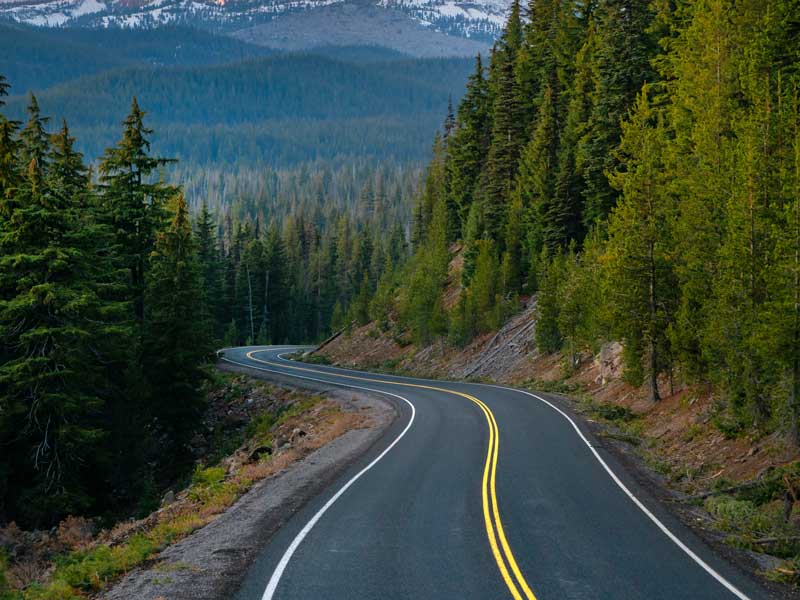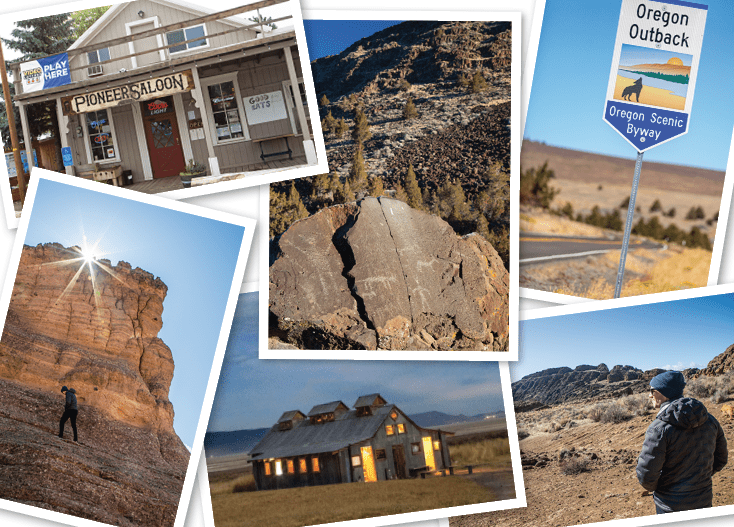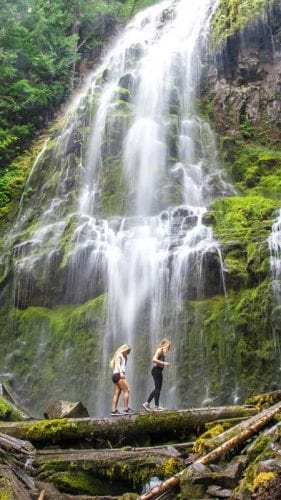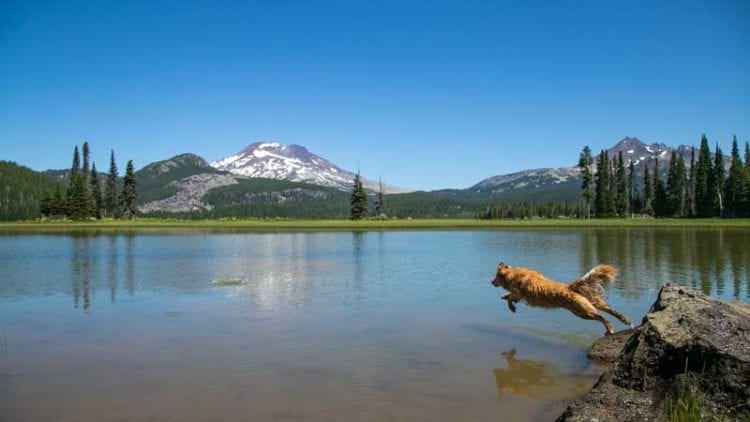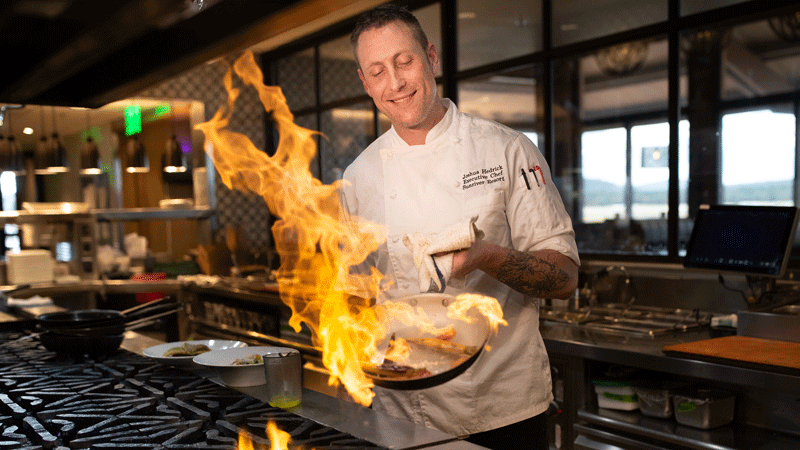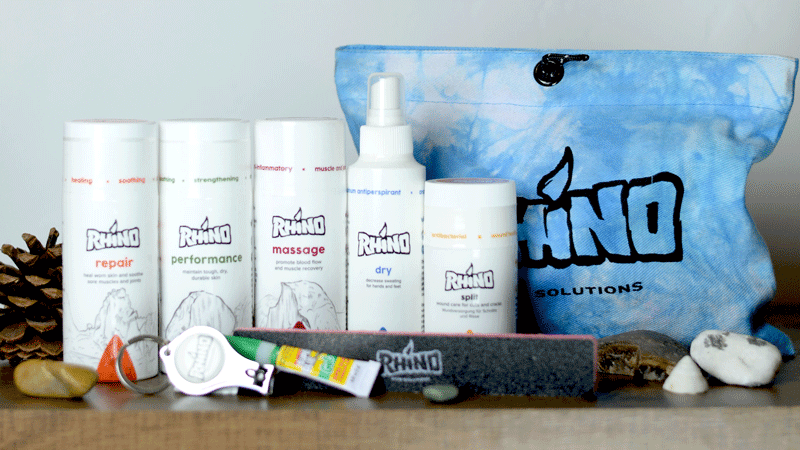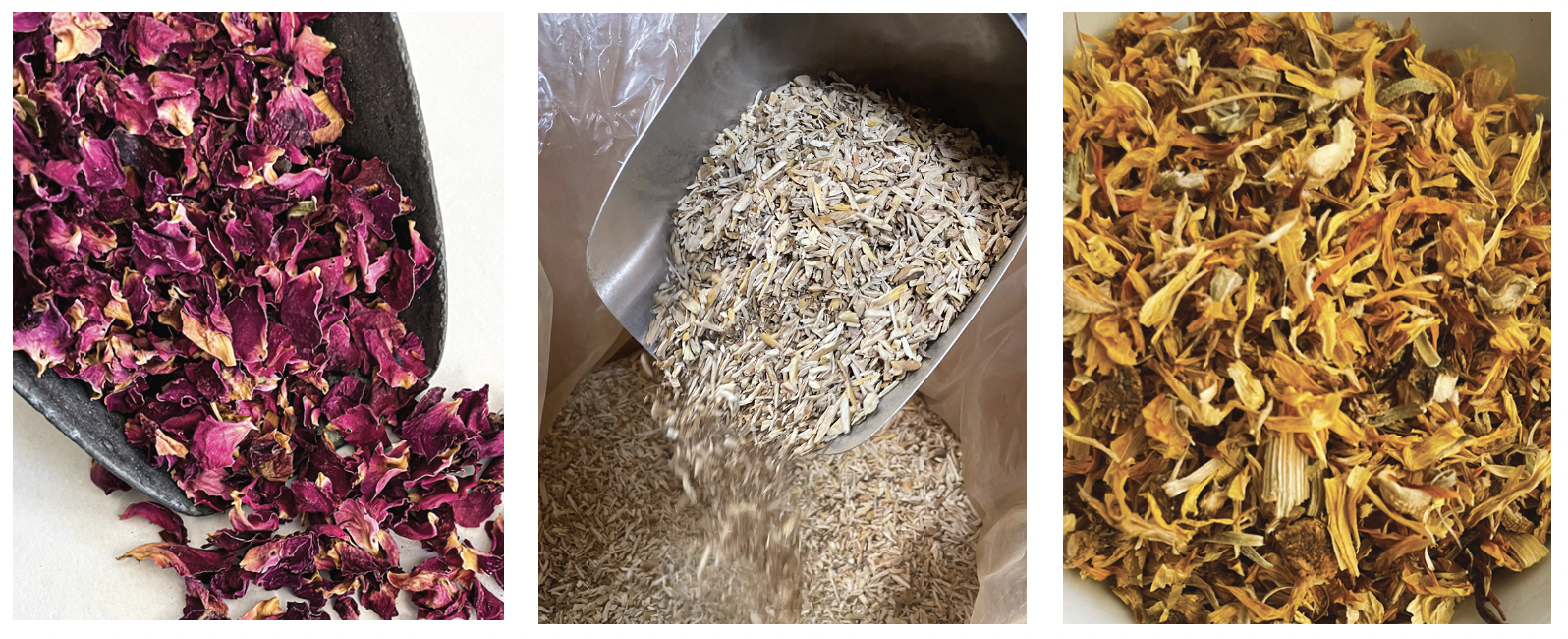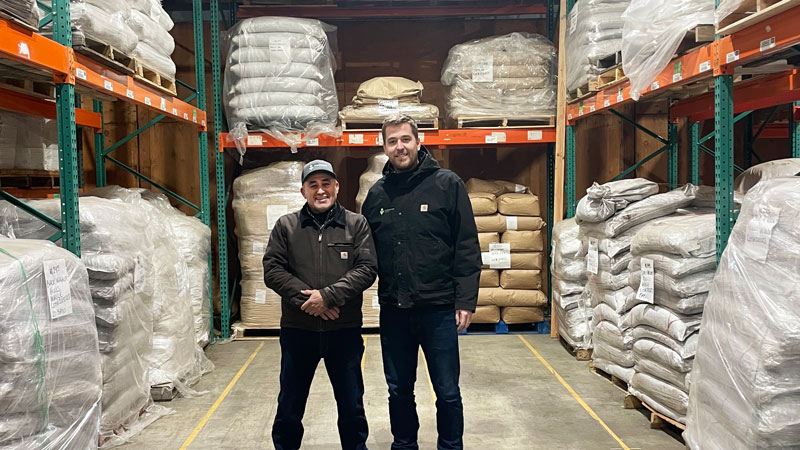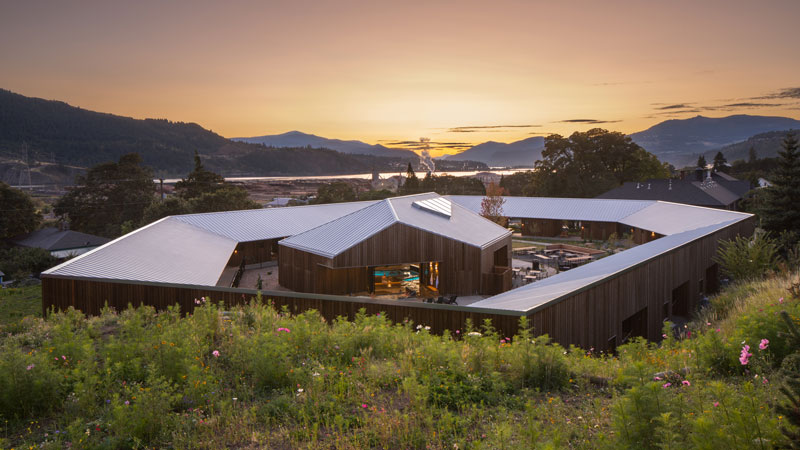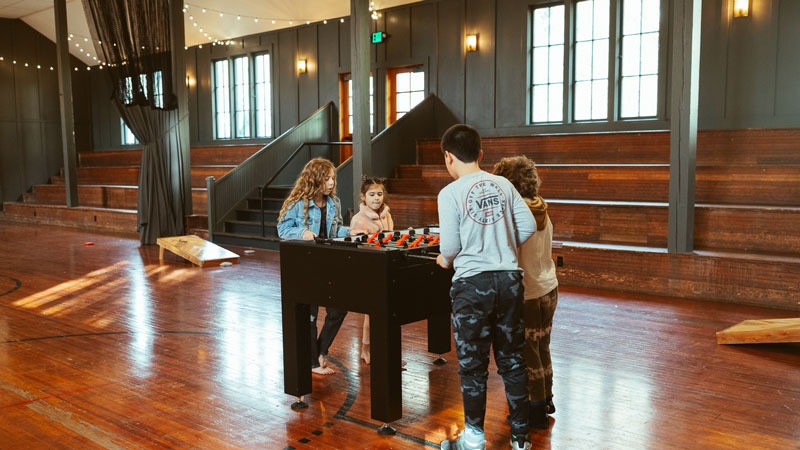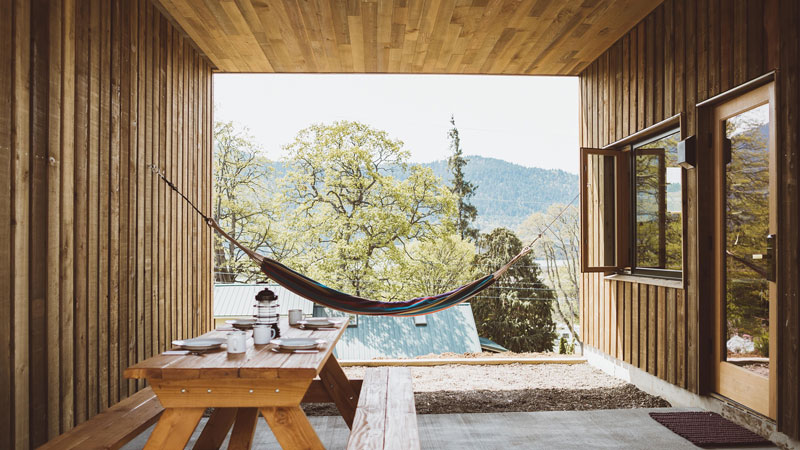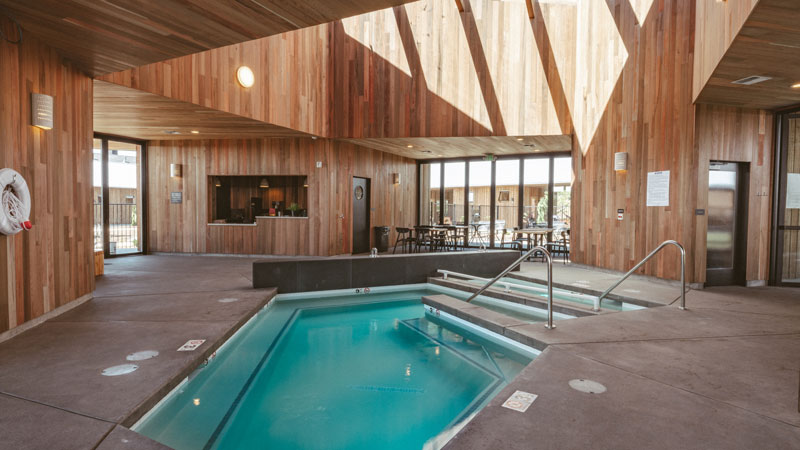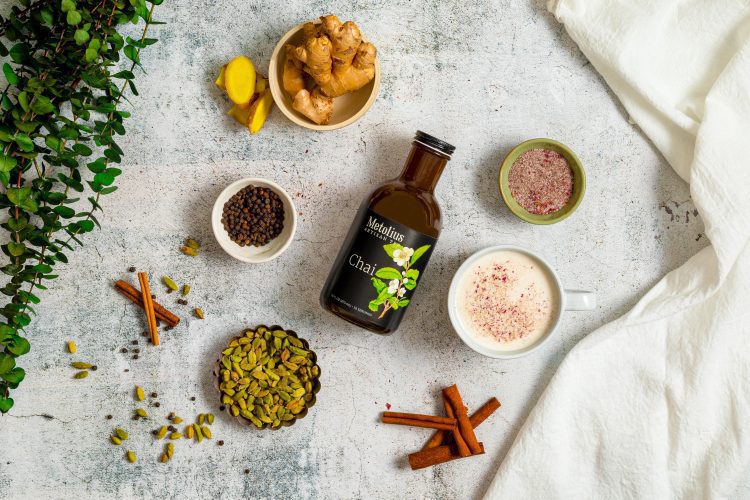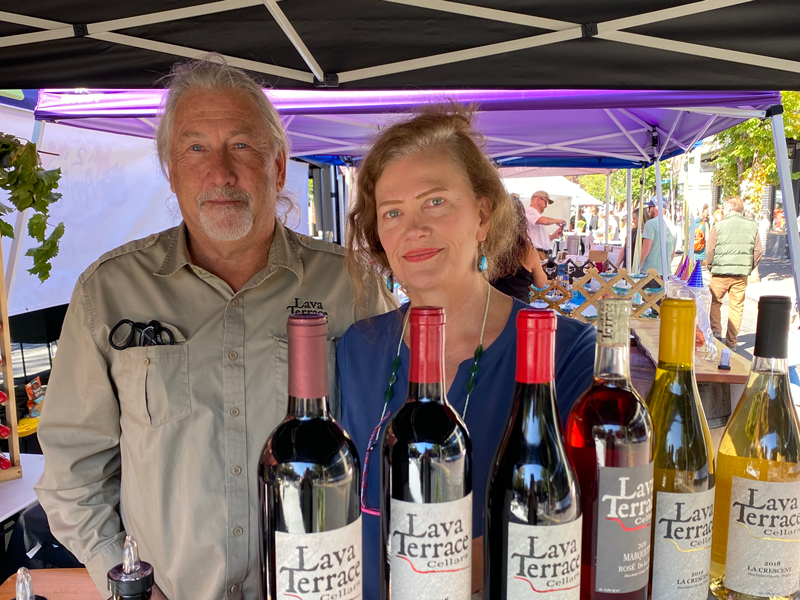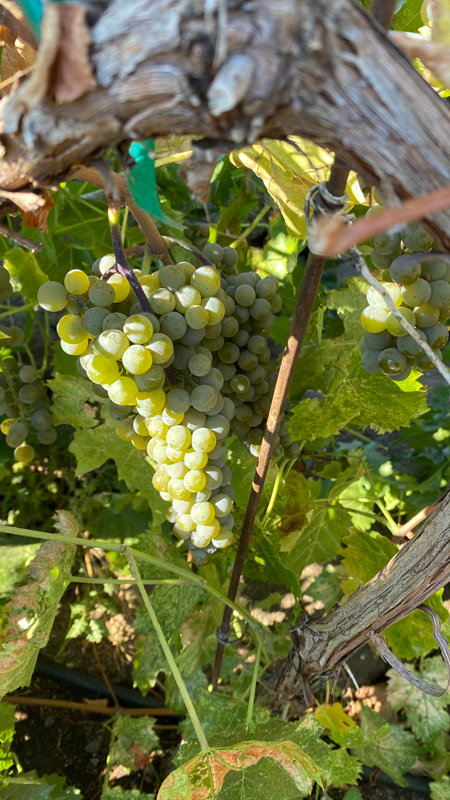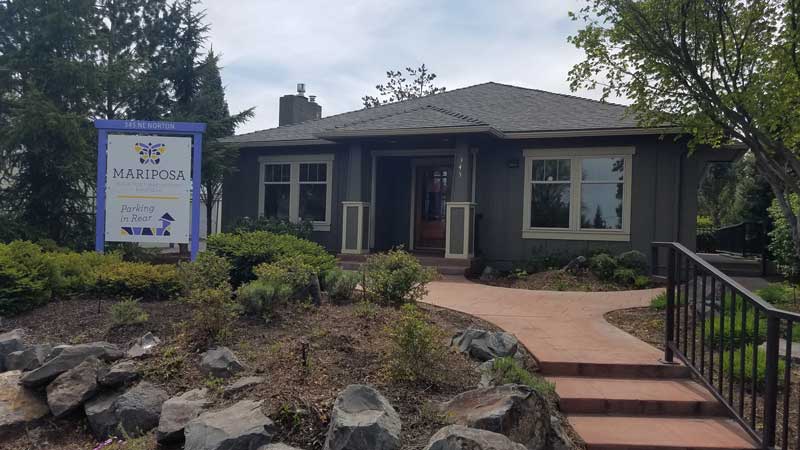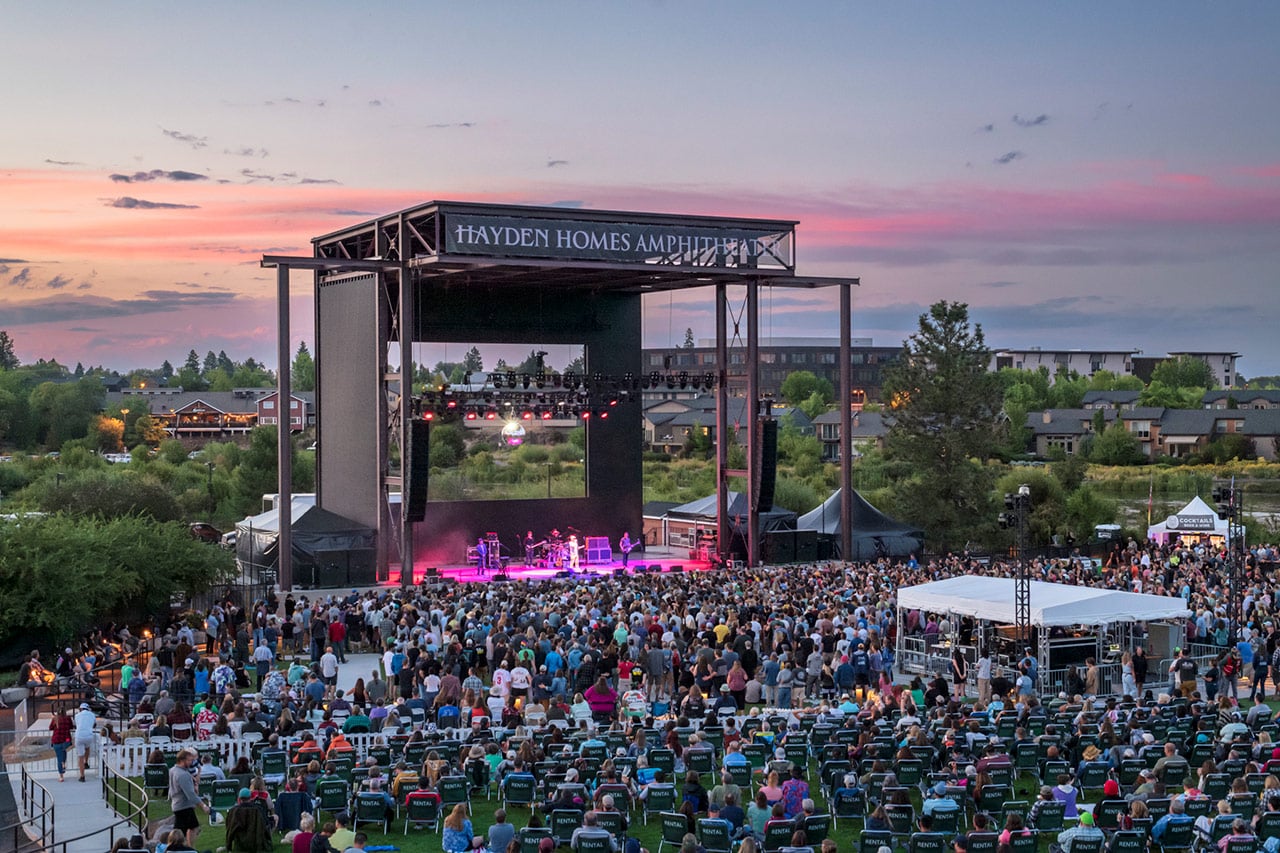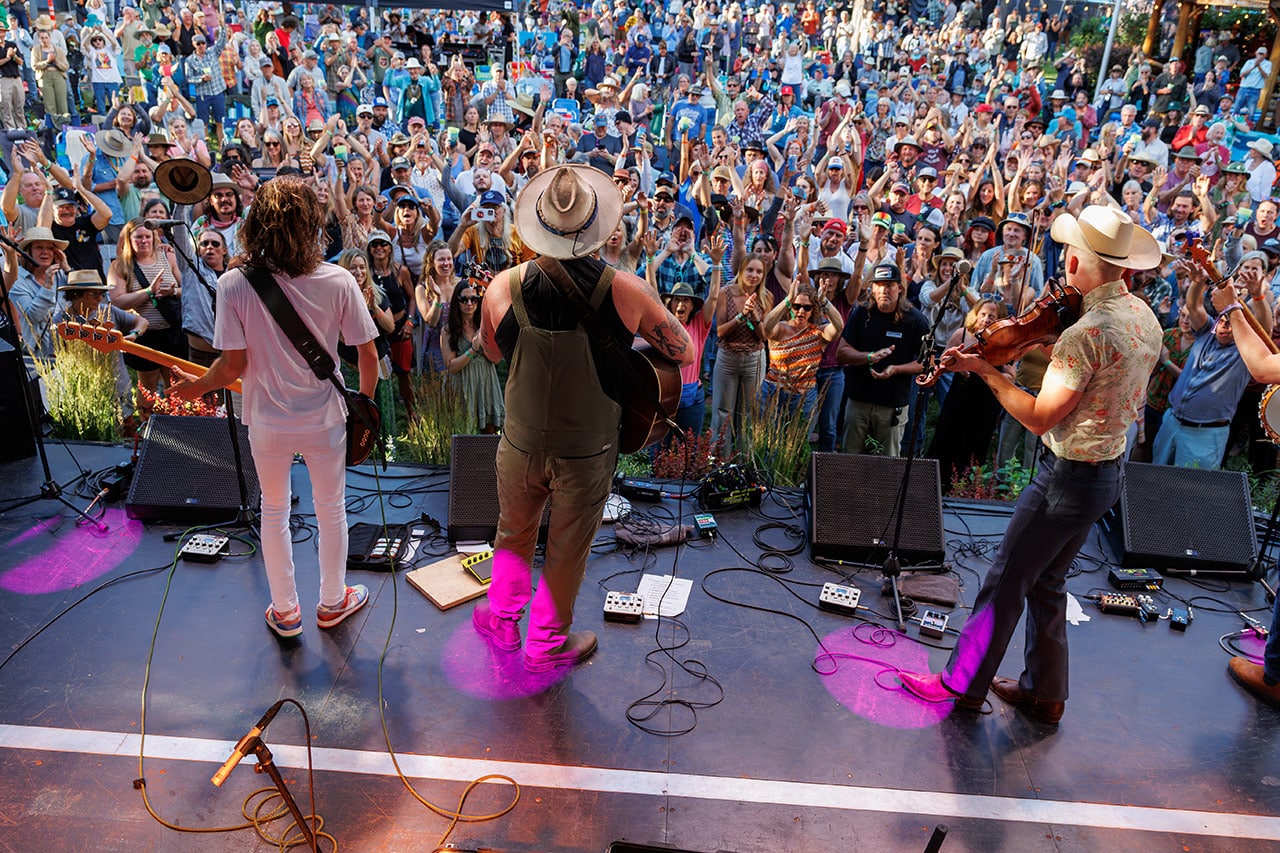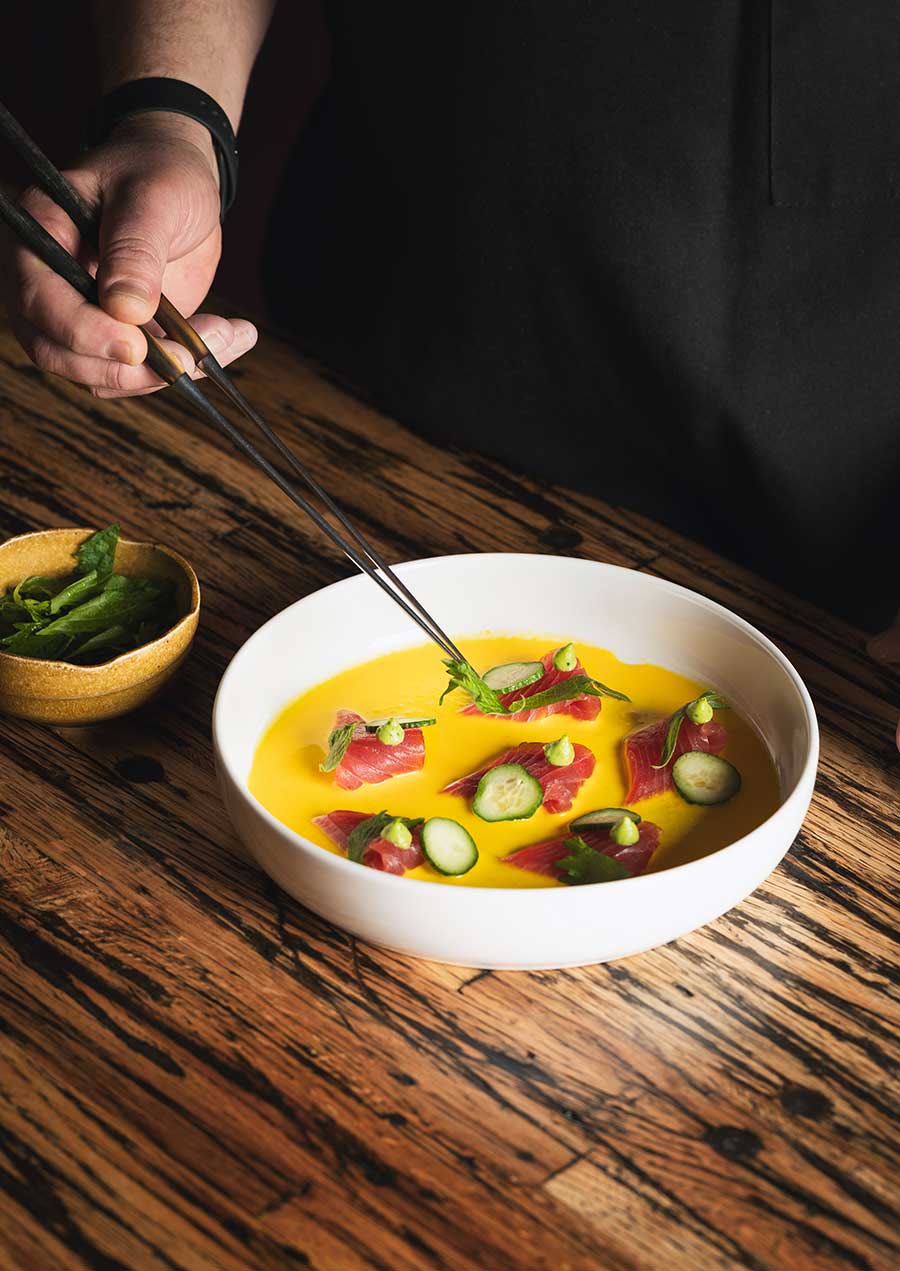Come spring, the high desert beckons as Bend’s backyard playground. Head east from town and the landscape quickly changes. Massive Ponderosa pine trees and manzanita give way to old-growth juniper forests and fragrant sagebrush dotting the landscape. Clouds evaporate, revealing a wide-open and clear sky. The earth heats up quicker in the desert, where the atmosphere is arid and the soil is exposed. In May, when the cold of winter clings to Bend’s trails, and mornings may take a few long hours to warm, the desert sun rises early, calling visitors who seek endless exploration and a taste of the summer season to come.
Why Palm Desert when you can high desert?
Across the expanse of eastern Oregon are rimrock valleys, bubbling rivers and charming towns straight out of the Wild West. Yet tucked in the high desert closer to Bend, discover something surprising—a pair of luxury resorts. Fine dining, top-notch golf, outdoor adventure, spas and pool complexes to rival those found in the Coachella Valley are here under our own desert sun. These two resorts—Brasada Ranch and Juniper Preserve—are Bend’s version of an iconic sun-filled Southern California desert retreat, but without quite so much travel, so many people or Hollywood price tags. Who needs a plane ticket to Palm Springs? Instead, visit a luxe duo of Central Oregon desert destinations, for a daytrip, overnighter or an extended staycation.
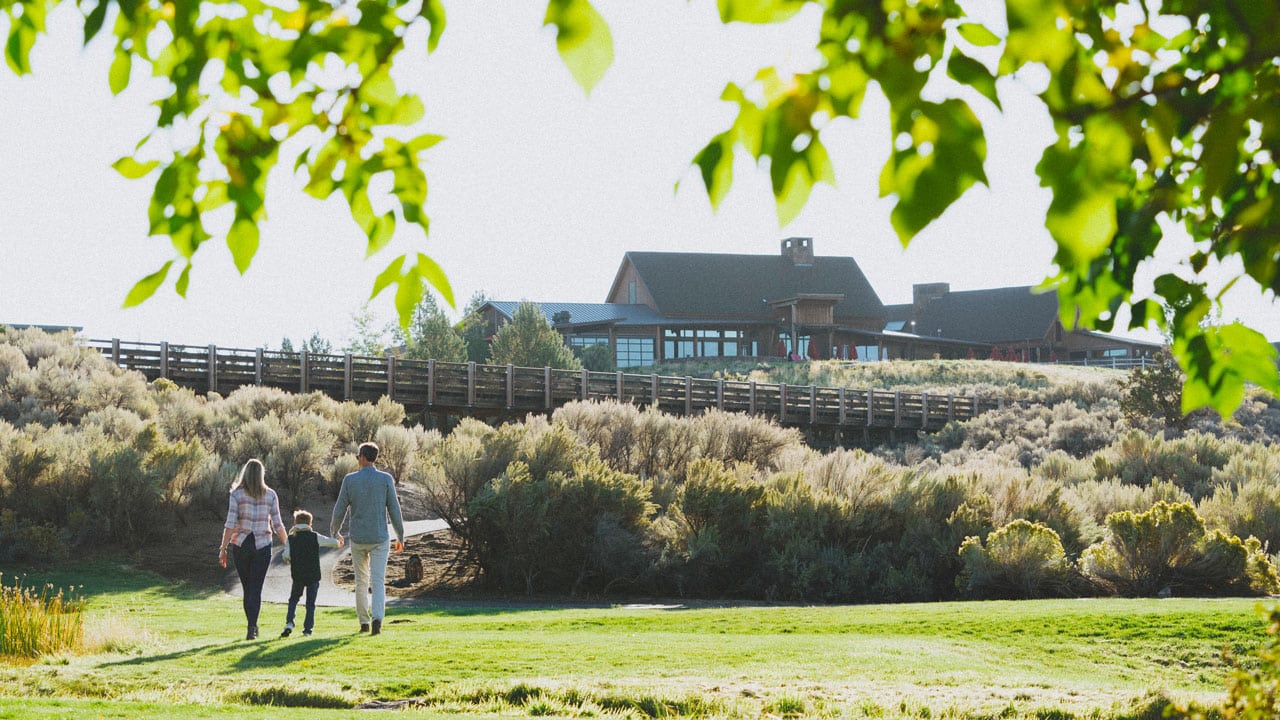
Brasada Ranch
This luxury ranch retreat sits on the slopes of Powell Butte, delivering a Western-modern vibe and sunsets featuring the expanse of the Cascade Range.
Golf
You’ll have to stay the night to enjoy the golf course, open to guests and members, but you won’t regret a night (or two) here. The longer you stay, the more time for the desert to perform its magic. Every hole at Brasada Canyons golf course offers a view, and a sense of having the course to yourself. Expect par 72 and 7,295 yards of happiness.
Wellness
Drawing inspiration from the surrounding landscape, Spa Brasada is the place to unwind with a nature-based mind-body treatment. Try the Brasada Essence massage or Serenity Rose CBD wrap for a luxurious escape.
Dining
Secure your spot on the dining deck at Range Restaurant & Bar to take in Brasada’s expansive sunsets while enjoying items from a seasonal menu inspired by the local terroir—think mushrooms, steelhead, Oregon apples and pears, accompanied by gourmet s’mores and a setting sun.
Outdoors
Try a heated, circular lazy river and a quick blast down a waterslide for that slice-of-summer preview. The Sundance pool is a place for family fun, or try the more serene adults-only Cascade Pool. Hike the trail up Outback Butte to Spirit Rock—bring a picnic and enjoy the hike’s payoff views with a laid-back snack under sunny skies. Brasada is a real ranch, after all, so don’t miss the chance to venture out onto 900 acres on a guided horseback ride. See brasada.com.
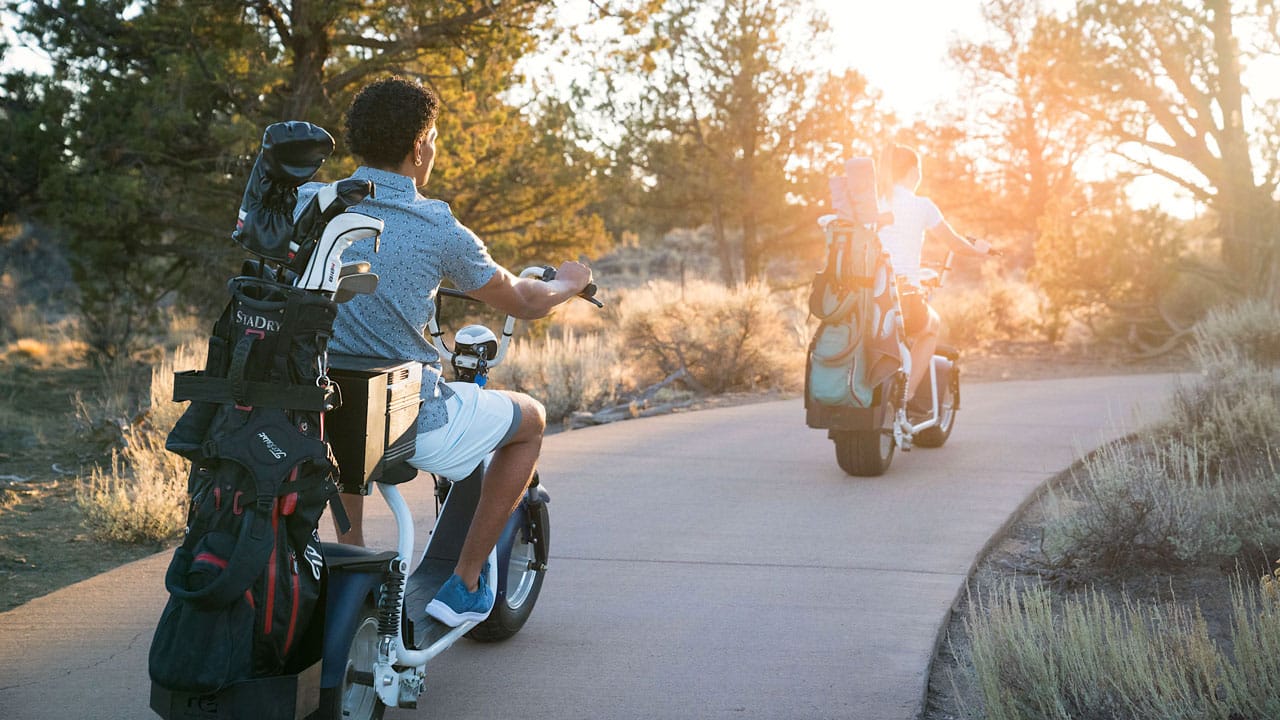
Juniper Preserve
Formerly known as Pronghorn, this destination set in a juniper forest exudes an Old-World vibe with a contemporary health-and-wellness focus.
Golf
When the resort was created in 2002, two of golf’s finest bestowed their design talents, and their names, to the resort’s twin golf courses. The Jack Nicklaus course is a 7,460-yard, par 72 public course, considered the original “desert-style” golfing experience in the Northwest. The Tom Fazio course, 7,462 yards and par 72, open only to members and guests, winds through juniper trees and rocky outcroppings for another 18 holes of desert delight.
Wellness
Soak up peace and relaxation at Juniper Spa, where facials, massage and a signature treatment, the Desert Therapeutic, loosen up muscles tired from months spent bracing against the winter cold. Juniper Preserve offers a host of wellness classes and retreats, including some in breathwork, yoga and Synergy—a kava and cacao-enhanced sound-immersion experience.
Dining
Kick back on the outdoor patio at the Trailhead Grill. With your face tilted toward the sun, sip a fresh libation and snack on free-range buffalo wings. Juniper Preserve’s seasonal pop-up dining, KÉYA, offers a multisensory feast paying homage to rich Indigenous culinary traditions, incorporating historic and foraged foods.
Outdoors
This splashy desert retreat with poolside cocktail service exudes a vacation vibe. Juniper Preserve boasts no fewer than five pools and hot tubs. Take a cool pool dip or hot soak, find a lounge chair in the sun, then repeat. Don’t forget the waterslide! Follow pool time with a round of lawn games, or search out Juniper Preserve’s hidden ancient lava cave. See juniperpreserve.com.


